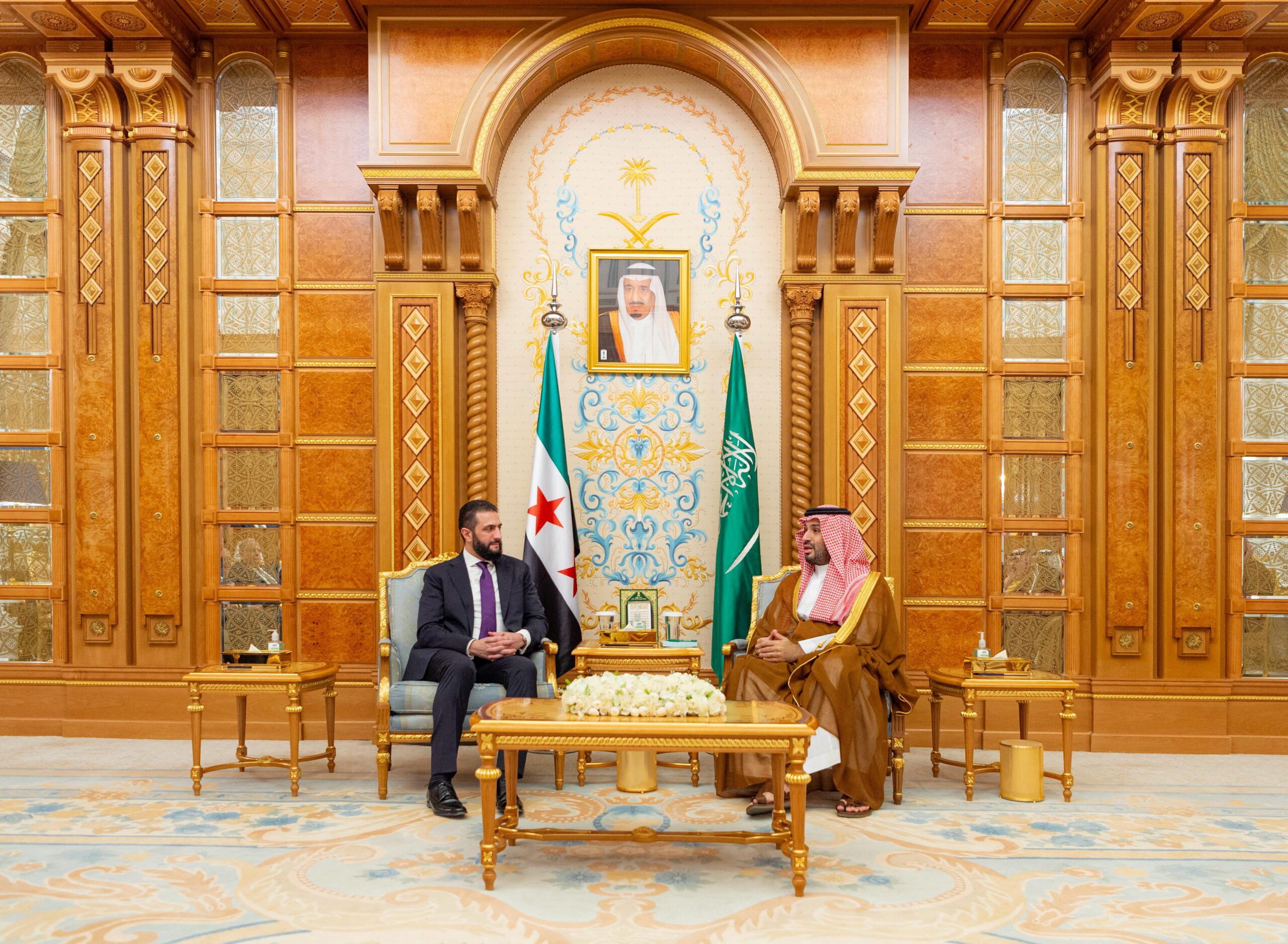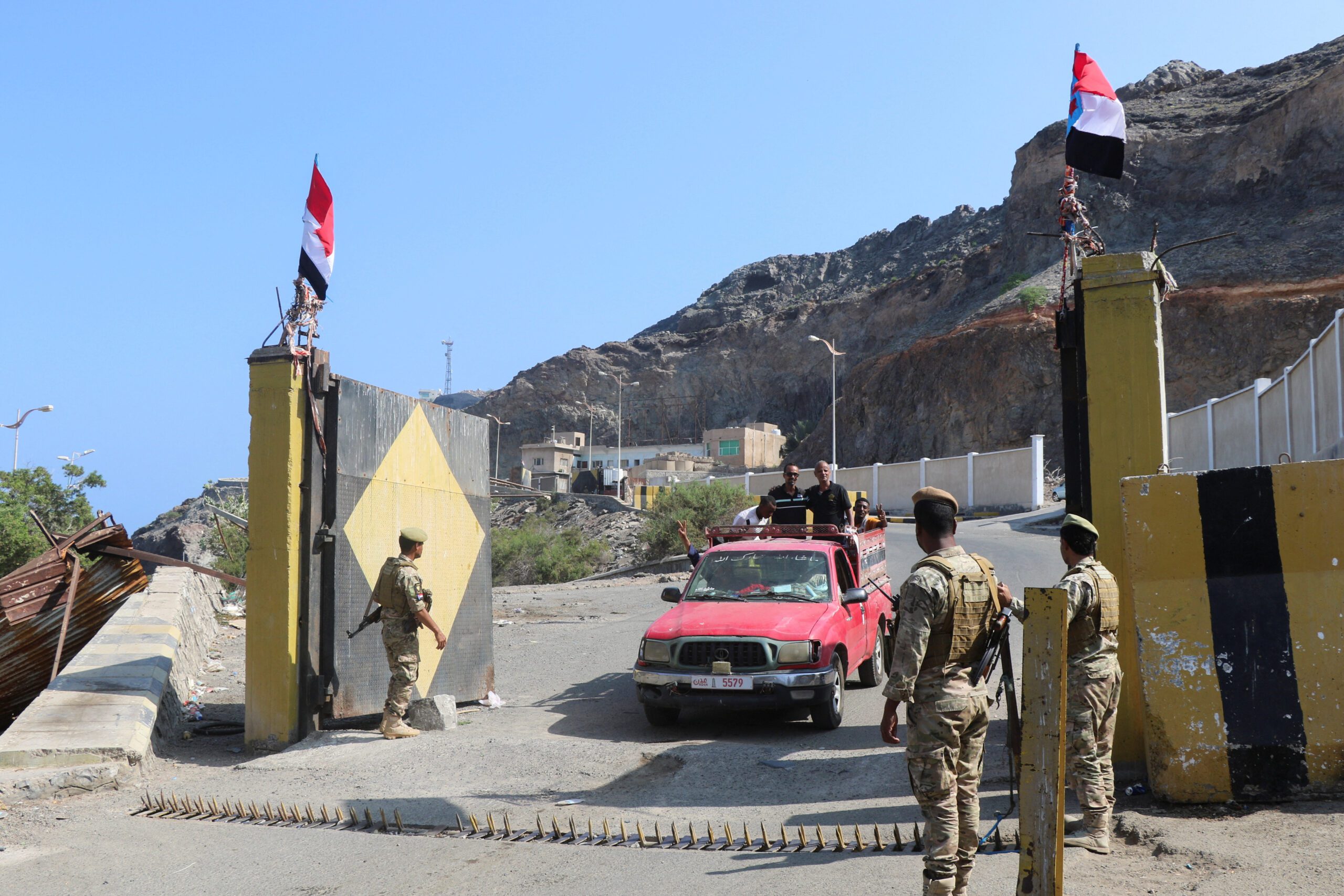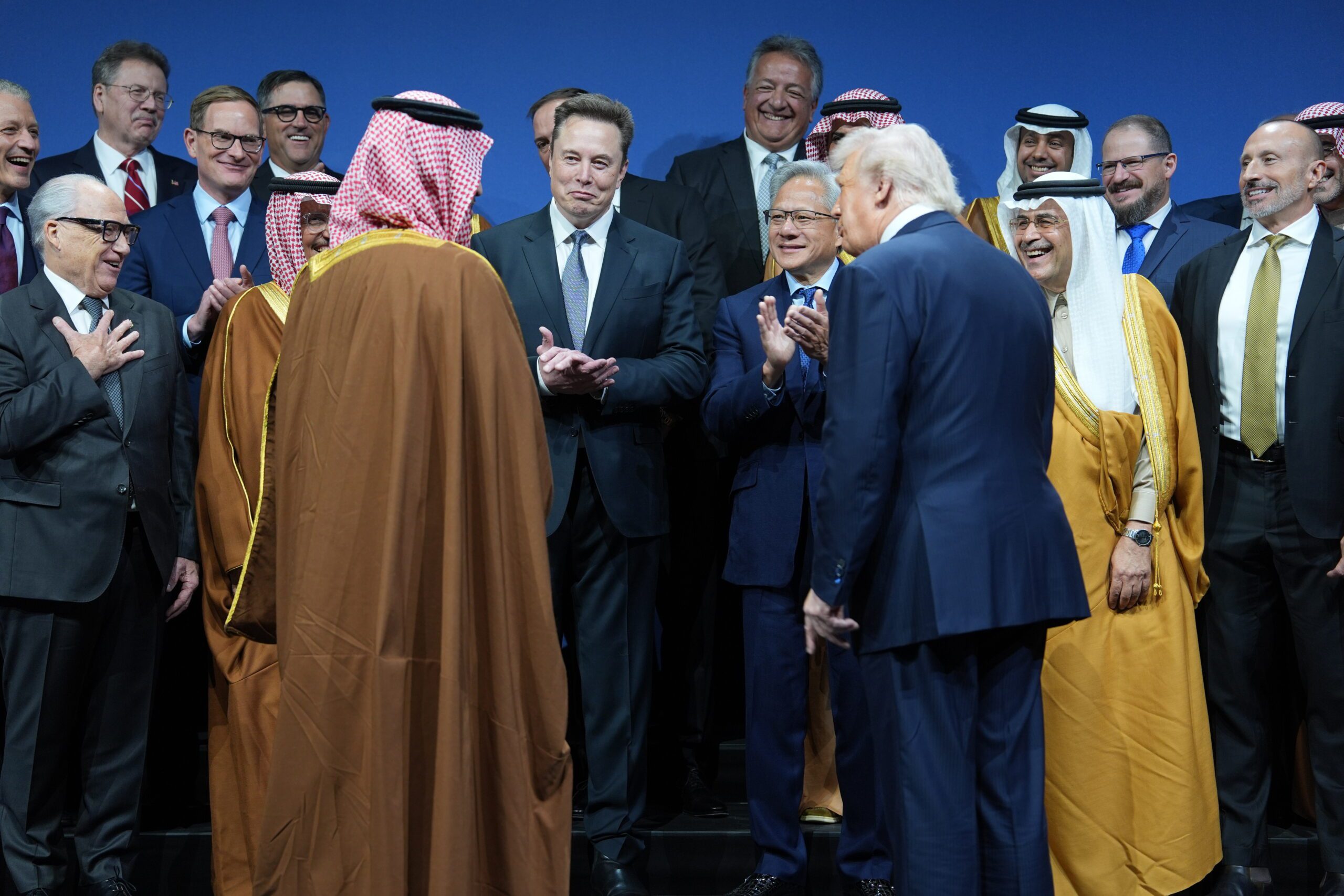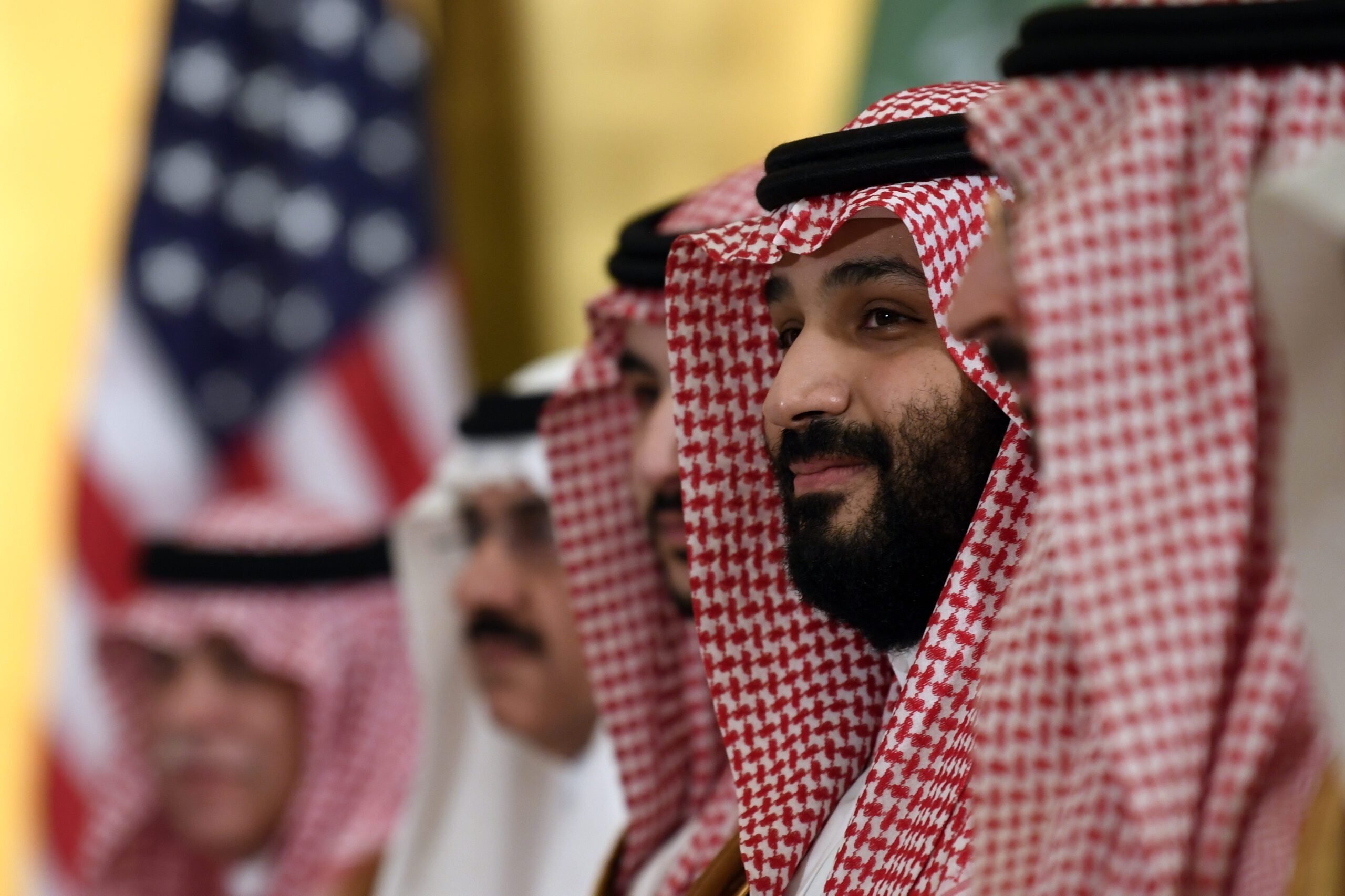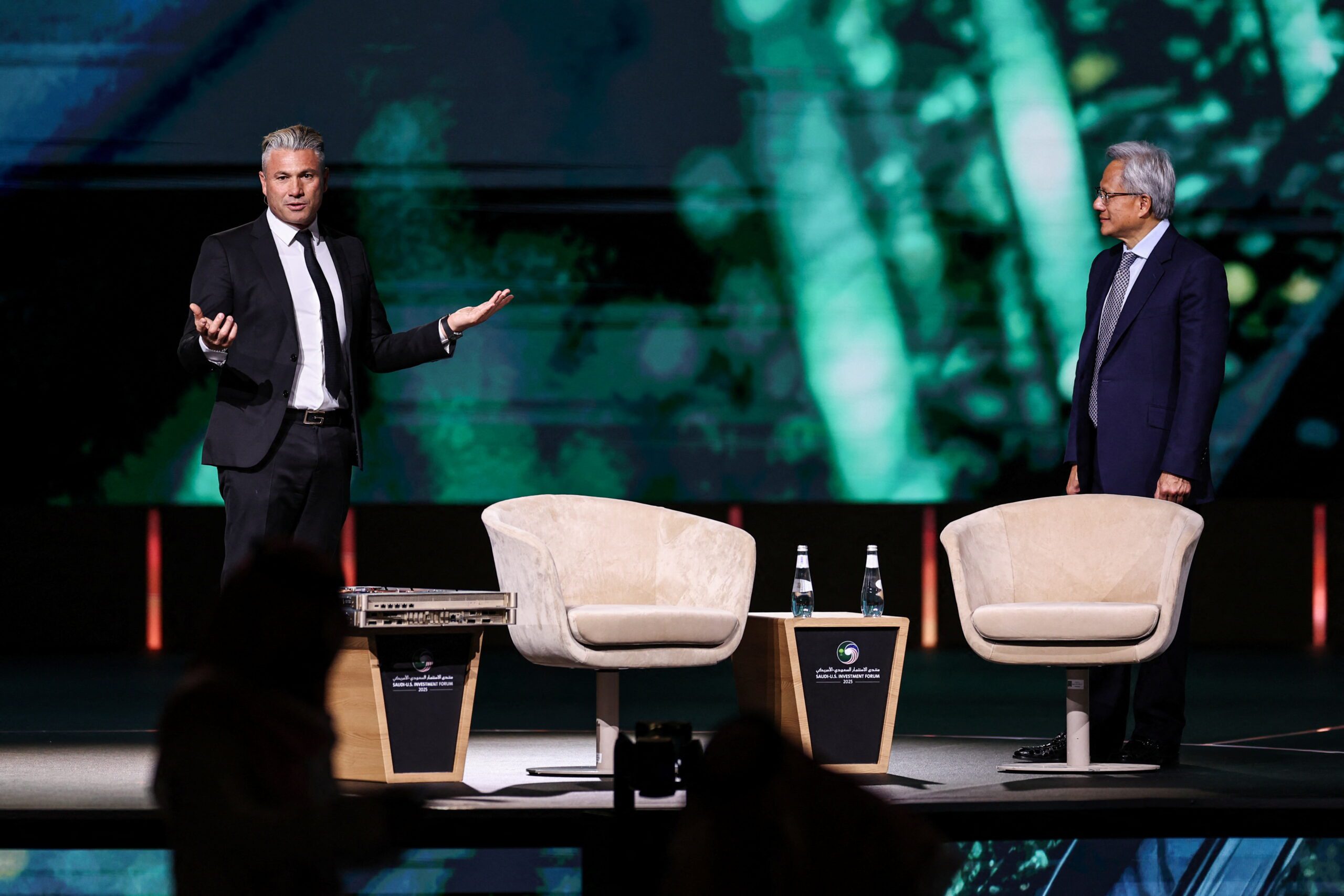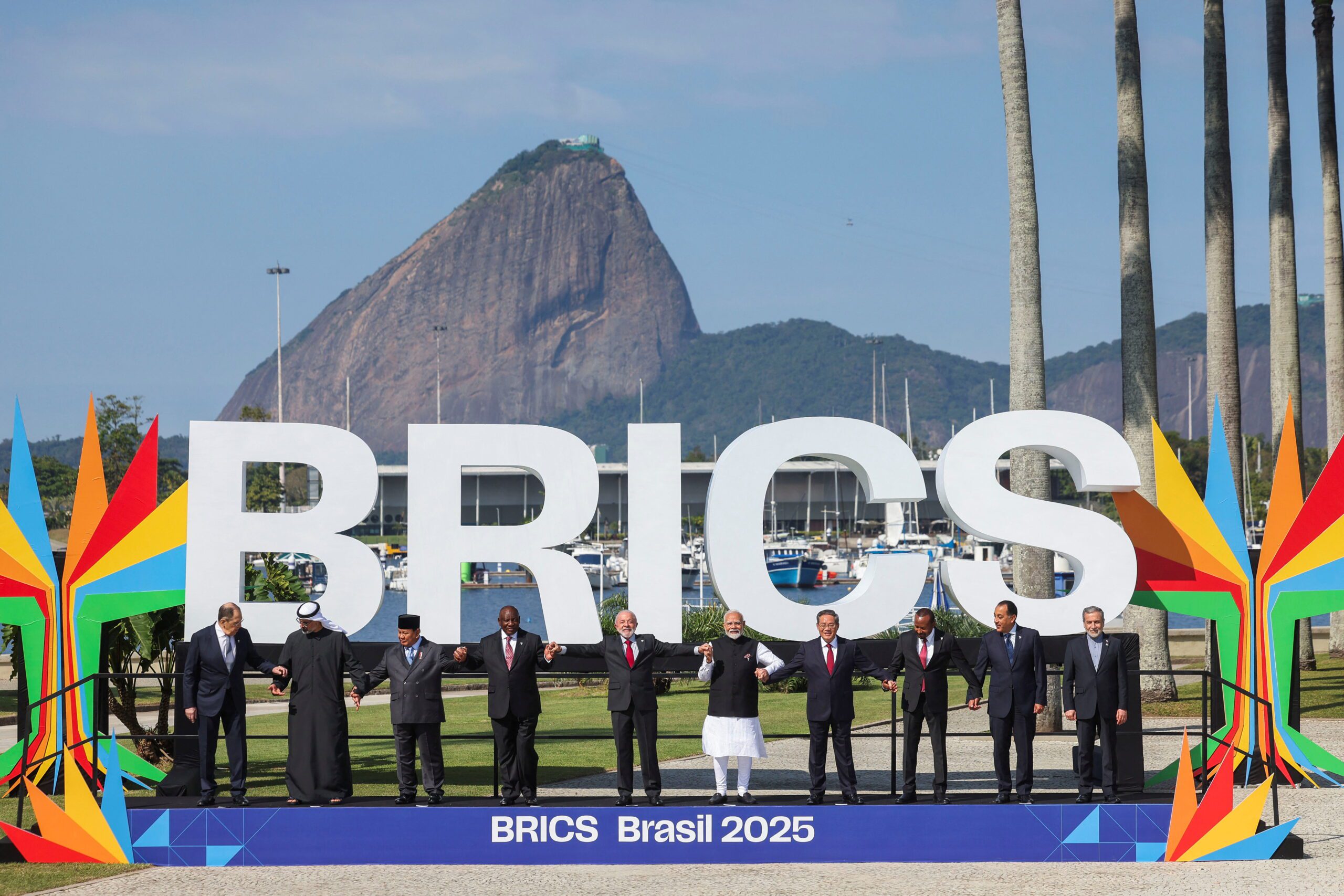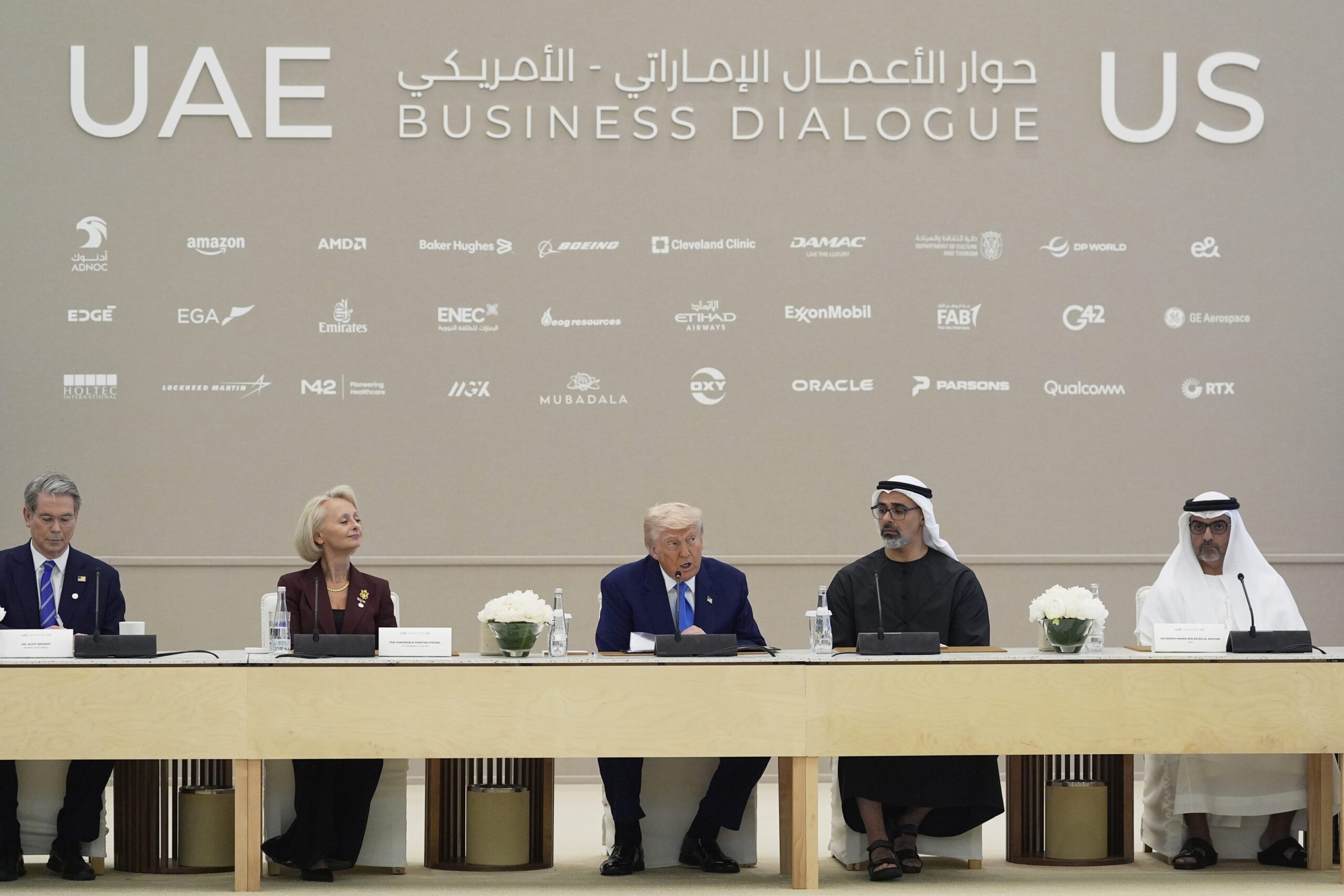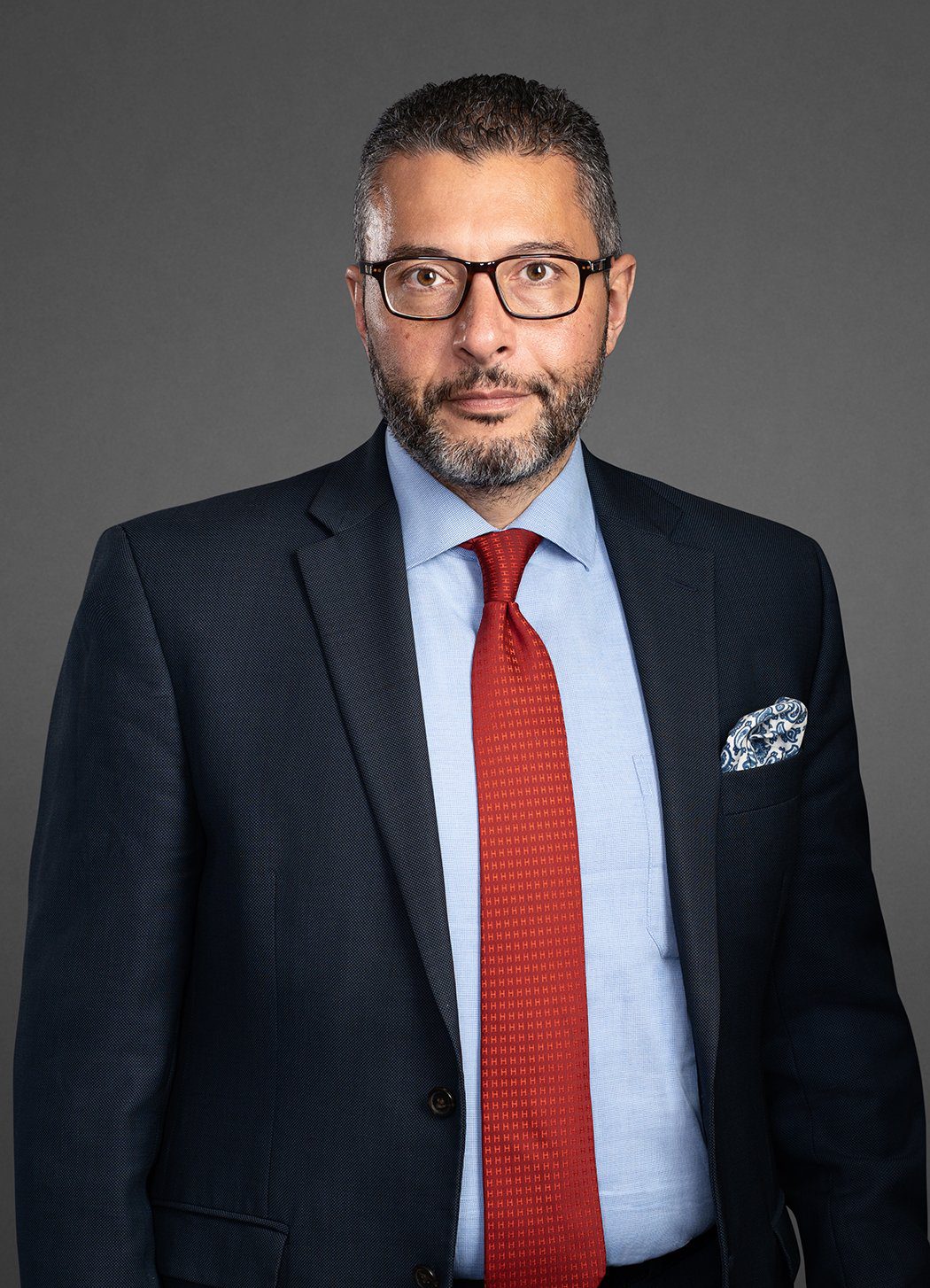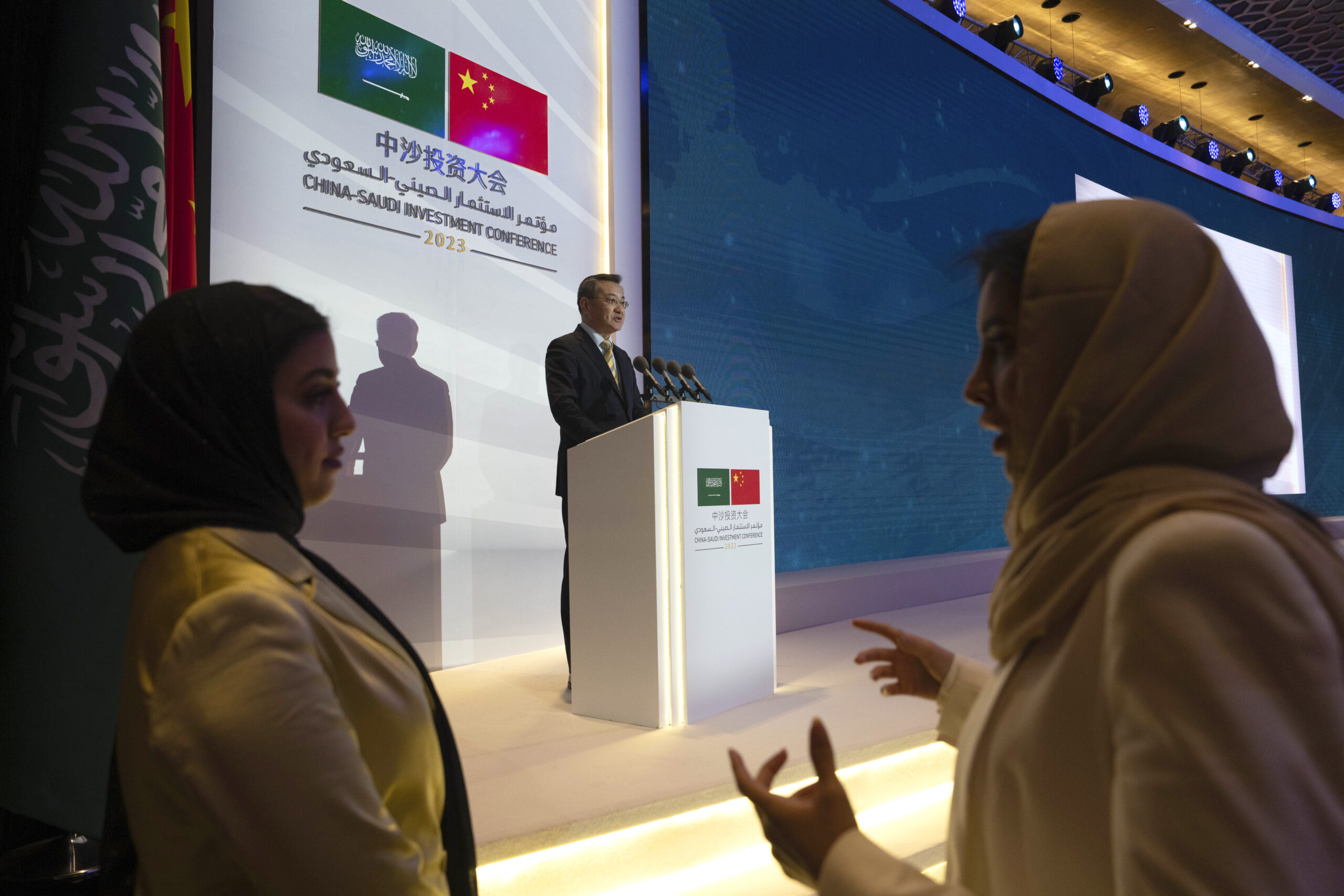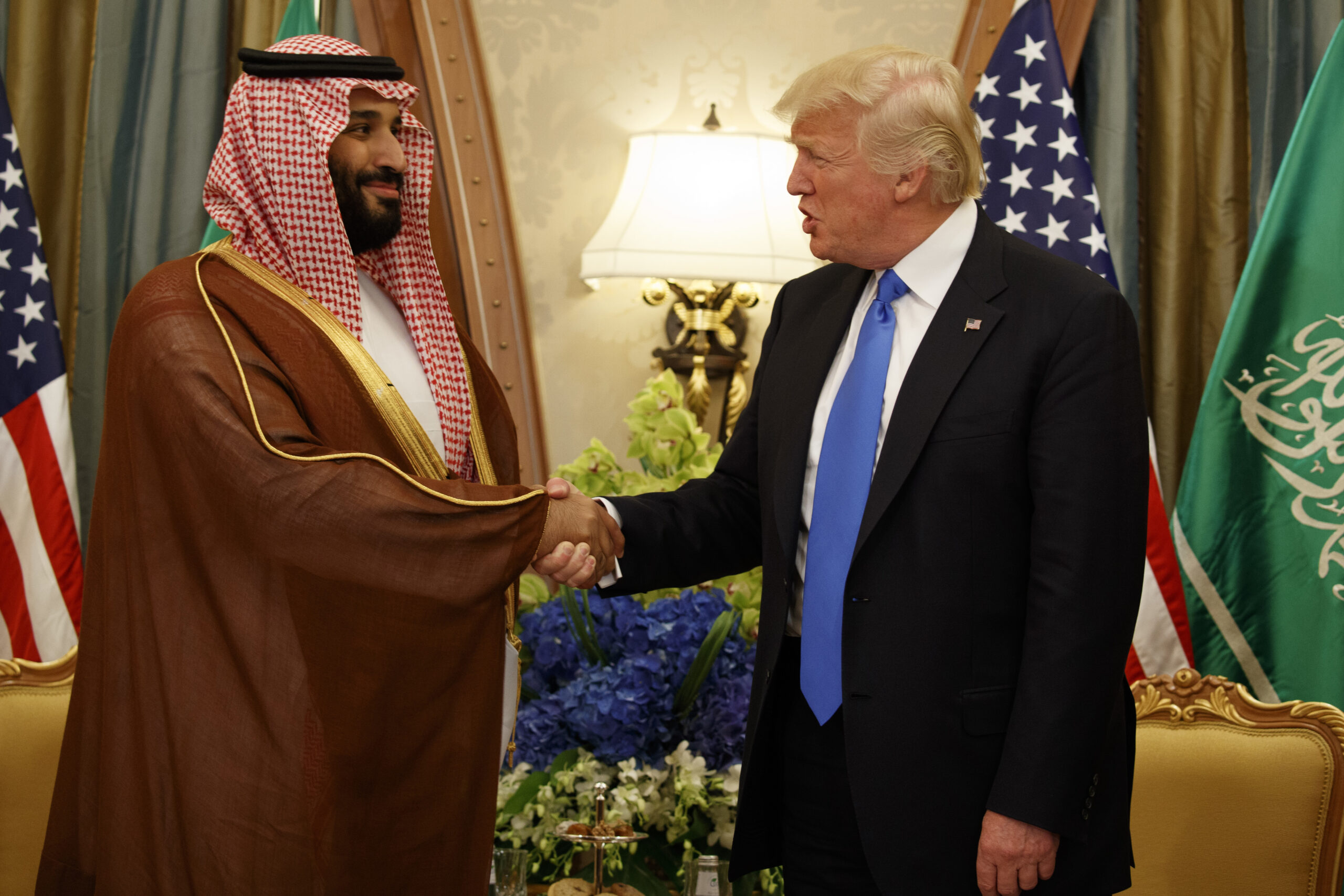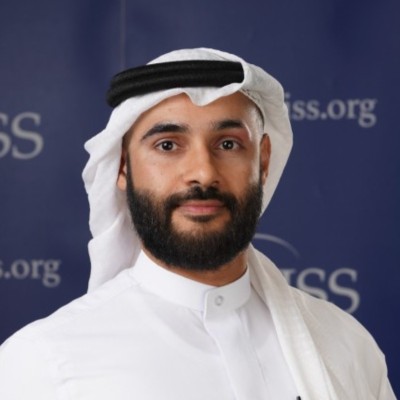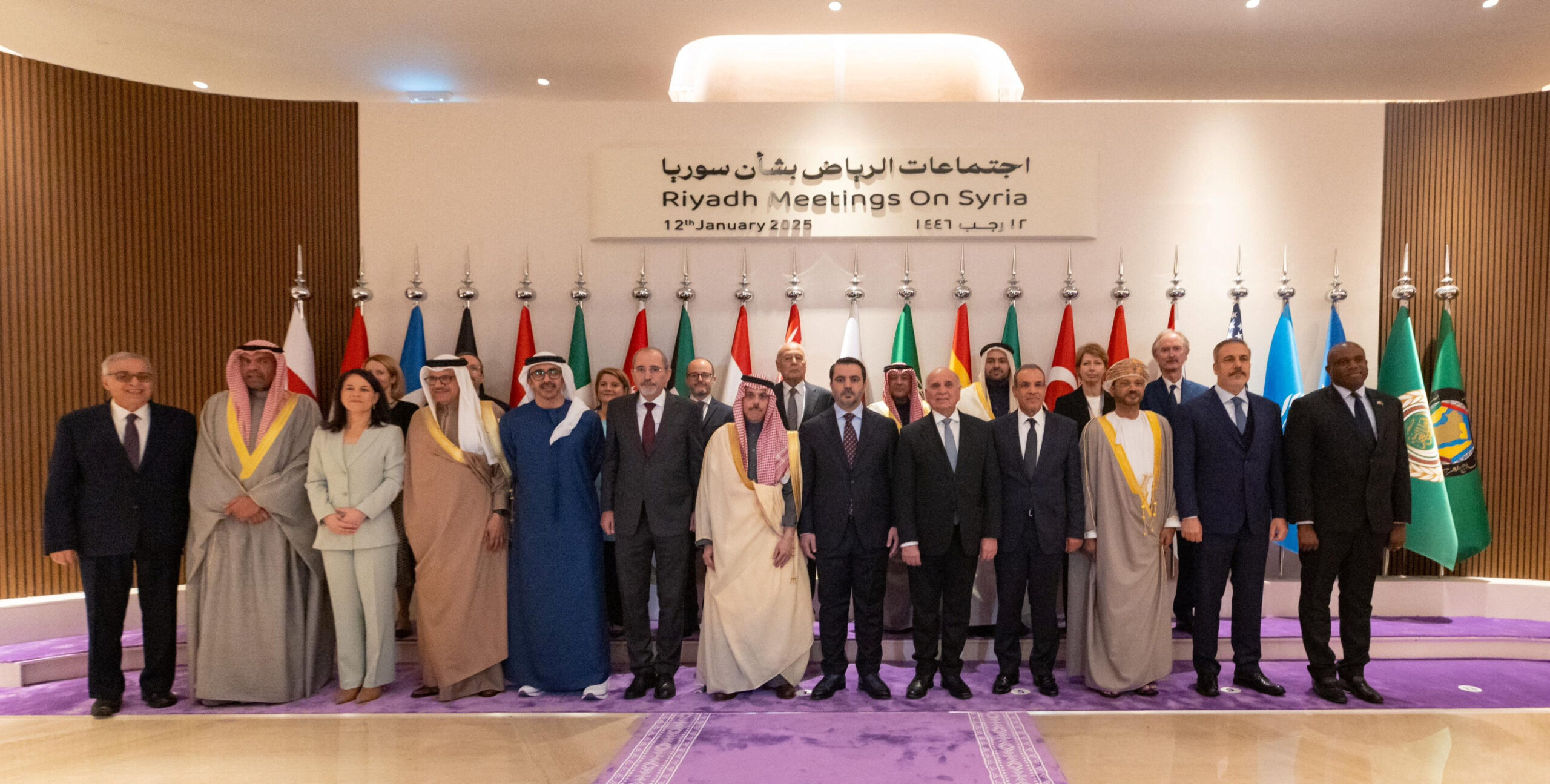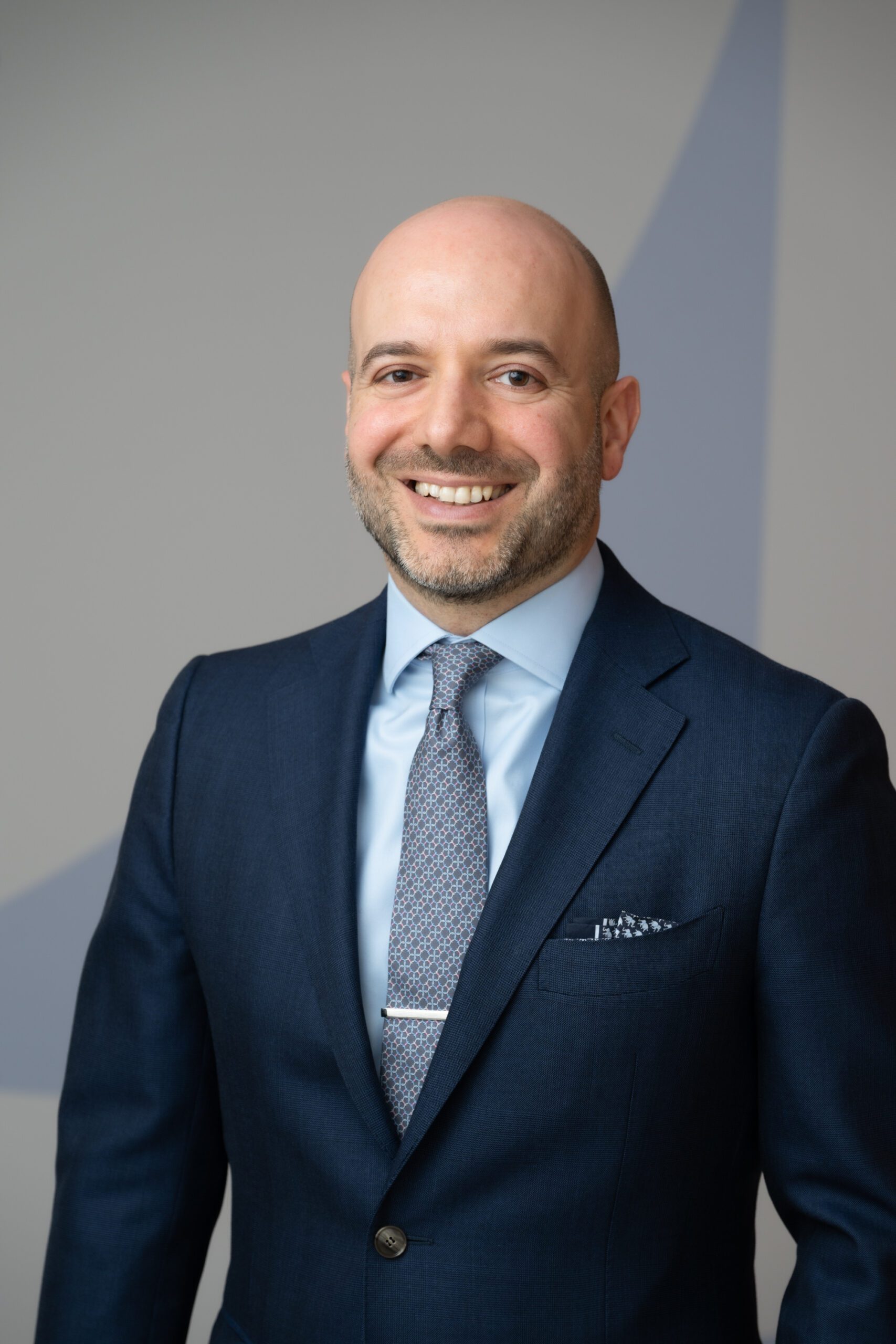Saudi-Indian Economic Partnership Charting New Course
The economic relationship between Saudi Arabia and India should be a fruitful one. However, domestic policy decisions and geopolitical tensions pose new – but ultimately surmountable – obstacles.
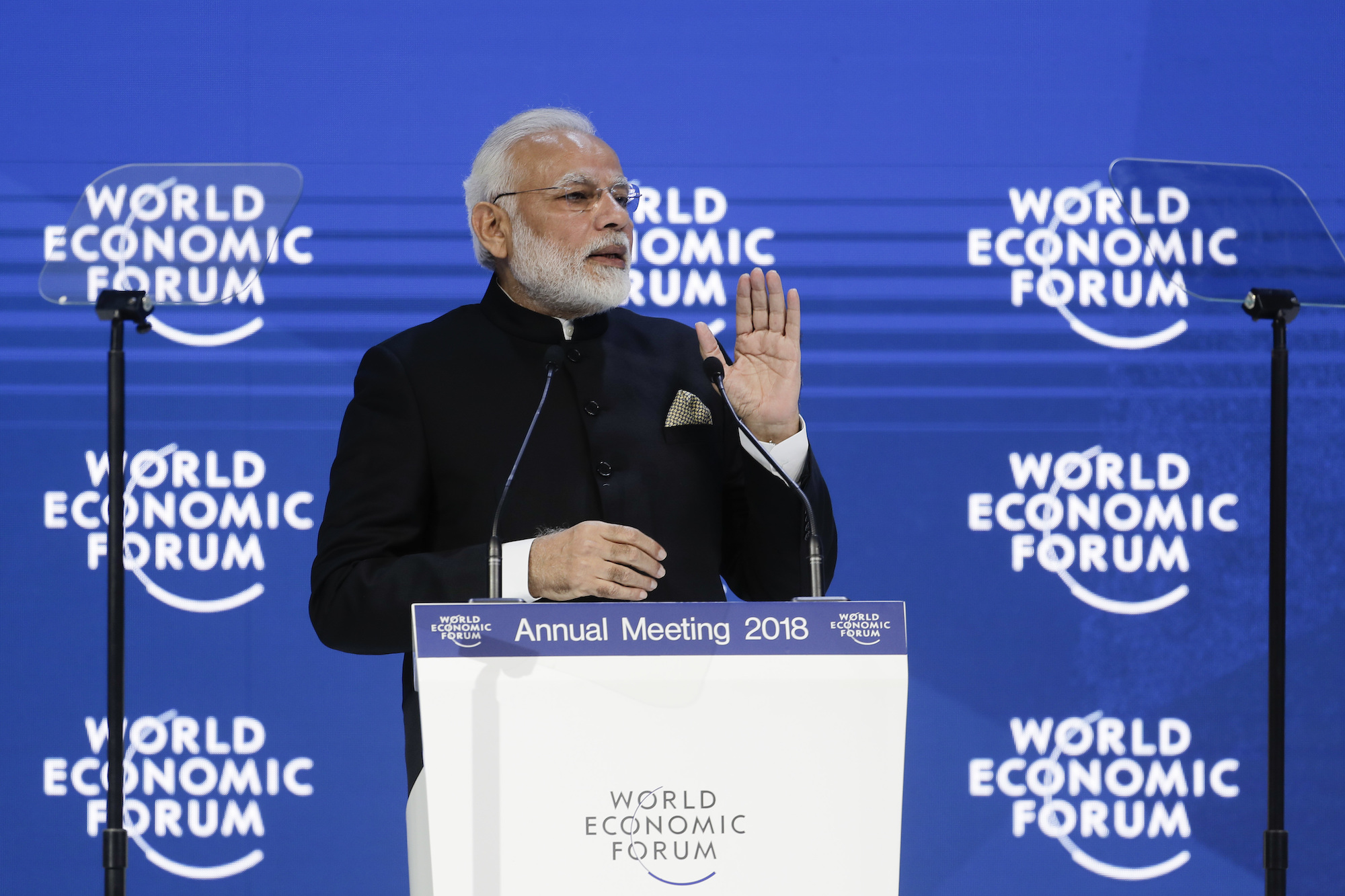
The arrival of an Indian delegation in Riyadh in November 2018 to explore investment opportunities associated with Saudi megaprojects highlights the often overlooked economic relationship between Saudi Arabia and India. Modest bilateral trade and investment figures mask the potential for substantial growth, while domestic policy decisions and geopolitical tensions pose new – but ultimately surmountable – obstacles to an enhanced economic partnership. Saudi Arabia and India stand at a critical juncture: Policymakers must decide how to proceed in a manner that paves the way for mutual growth in the largest economies of the Gulf and South Asia.
In theory, the economic relationship between Riyadh and New Delhi should be a fruitful one. Saudi Arabia is one of the world’s largest exporters of crude oil, and India’s energy consumption is estimated to grow by 165 percent by 2040. Saudi Arabia hopes that stronger international partnerships can boost foreign investment and support its ambitious economic diversification efforts. With a growth rate of 7.3 percent in 2018, which makes it one of the world’s fastest-growing economies, India appears well-suited for such a partnership. Moreover, Indian firms and workers possess a deep history of involvement in Gulf Arab economies, ensuring a mutual familiarity with institutions, commercial dynamics, and social customs.
Longstanding ties and the close geographic proximity between the Gulf Arab states and South Asia have helped to reduce trade barriers and build a modest foundation for investments. As India’s fourth-largest trade partner, Saudi-Indian bilateral trade grew 9.56 percent to reach $27.48 billion for the fiscal year ending in March 2018. Saudi Arabia’s total foreign direct investment equity inflows to India grew from a mere $16.1 million in 2016 to $124.8 million in 2017. The hydrocarbon sector in particular remains a key area of cooperation: Saudi Arabia serves as the second-largest oil supplier to India after Iraq, and Saudi Aramco partnered with Indian refiners in April 2018 to build a $44 billion refinery on India’s west coast. Moreover, persistent concerns over food security have led Saudi Arabia – along with the United Arab Emirates – to increase linkages with India’s agricultural sector.
Current Indian investments in Saudi Arabia total $1.6 billion, also leaving substantial room for growth. On the sidelines of the G-20 summit in Buenos Aires, Indian Prime Minister Narendra Modi met with Saudi Crown Prince Mohammed bin Salman to discuss “ways to further boost economic, cultural and energy ties.” Indian policymakers are especially interested in securing a stable and moderately priced supply of energy, and this concern intensified following renewed U.S. sanctions on Iranian crude oil imports, even though India was initially granted an exemption. Saudi megaprojects and infrastructure initiatives – such as Neom, Qiddiya entertainment city, the Red Sea tourism project, and the railway linking Mecca and Medina – present large-scale, non-oil investment opportunities for Indian firms.
While Saudi development initiatives offer long-term opportunities for Indian firms, new policy agendas in the kingdom pose an immediate challenge to economic relations between the two countries. Strict Saudization initiatives, for example, have led to an exodus of low-skilled laborers from the country. Indians constitute the largest group of expatriates in the country at 3.2 million and thus have been disproportionately affected by these labor reforms. Since a weighty 11.6 percent of India’s $69 billion in total inward remittances in 2017 originated from Saudi Arabia, Indian policymakers will have to manage the domestic consequences of declining remittance flows.
Saudi Arabia has not implemented economic reforms that could increase the country’s attractiveness for highly skilled professionals and entrepreneurs from India. In 2018, the neighboring UAE passed new laws granting long-term visas to investors and widening the scope of industries available for full foreign investment. Indeed, Saudi Arabia’s demographic composition, which boasts a large ratio of national citizens to total residents, and high unemployment rates among Saudis increase the political stakes associated with expatriate-oriented reforms in the kingdom. Yet there remain less controversial initiatives at the disposal of economic policymakers. The UAE, for example, signed a $496 million currency swap with India in late 2018 to boost bilateral trade and investment. Currency swaps reduce dependency on a third currency and avoid fees arising from exchange rate volatility and transfer costs.
India’s strong economic ties with Saudi Arabia’s neighbors heighten regional competition for trade and investment. Annual bilateral trade between India and the UAE exceeds $50 billion, nearly twice the value of trade between Saudi Arabia and India, and Emirati officials hope that the figure will reach $100 billion by 2020. Moreover, cumulative foreign direct investment equity inflows to India from the UAE reached $5.3 billion between 2000 and 2017, whereas Saudi Arabia accounted for only $200 million during the same period.
The Indian minister of state for external affairs explained that India’s relations with the Gulf states center around four key parameters, being nondescriptive, nonintrusive, and nonjudgmental, and not taking sides in intraregional disputes. Nevertheless, the regional geopolitics involving Pakistan and Iran have the potential to shape the nature of future economic activity between Saudi Arabia and India. Saudi Arabia agreed to a $6 billion economic aid package for Pakistan in October 2018, and the kingdom plans to fund a $10 billion refinery in Pakistan’s deep-water port of Gwadar. The new refinery would compete with Saudi-funded Indian refineries. While India has proved adept at containing tensions with Pakistan, increased hostilities between the two neighbors may influence Saudi Arabia’s stance toward its South Asian partners.
Iran also looms large in the relationship. Geopolitical posturing by Saudi Arabia and Iran for economic and ideological influence in South Asia is increasingly likely to unfold in India. Saudi Arabia and Iran are top suppliers of crude oil to India; however, U.S. sanctions on Iran have altered the balance of trade relations to Saudi Arabia’s advantage. Under a six-month waiver granted by the United States, India can continue importing around 300,000 barrels of Iranian crude oil per day until May. The U.S. administration reaffirmed its goal of driving Iranian oil exports down to zero, but the State Department’s envoy to Iran declined to rule out waiver extensions. Even with extended waivers, Iranian exports are unlikely to increase in the short term. Three countries with waivers have reportedly stopped importing Iranian oil, and Iran’s market share in India’s crude oil imports declined from 11.7 to 6.2 percent in 2018.
Much to the ire of Saudi Arabia, approximately $500 million of Indian investments in Iran’s Chabahar Port will continue. The U.S. exempted investments in Chabahar from sanctions because the port plays an integral role in the reconstruction, supply routes, and economic development of Afghanistan. Other claims, though difficult to substantiate, suggest that Saudi Arabia views India’s sizeable Shia minority as a front line for countering Iran’s religious influence in South Asia.
With a mercurial U.S. president and an increasingly divided European Union, Saudi Arabia may begin placing greater stock in its relationship with India. Economic reforms in Saudi Arabia and regional geopolitics present some obstacles to the relationship, but these issues are manageable if the two regional powers are truly committed to forging a stronger partnership.
The views represented herein are the author's or speaker's own and do not necessarily reflect the views of AGSI, its staff, or its board of directors.


